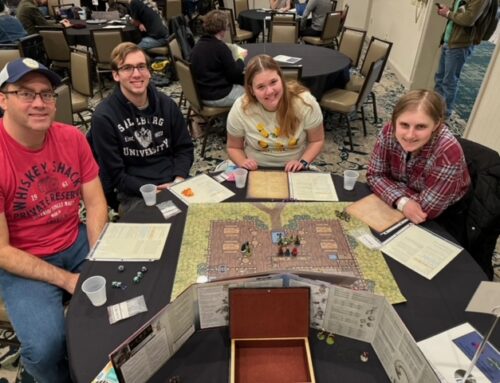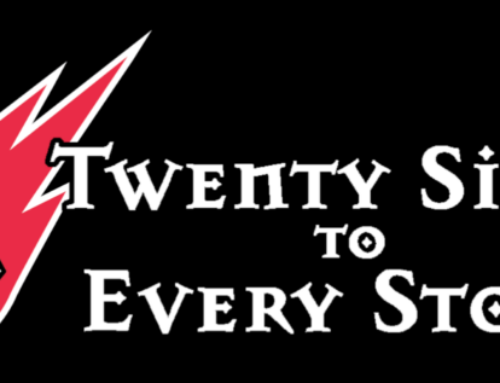
There are no shortage of alien worlds to explore…or create.
In hindsight, I was a fan of fantasy from almost the beginning.While I didn’t become addicted to books with dragons on the cover until freshman year of high school, I had more than a few flirtations with the genre as a child. Consider the following brushes with science fiction and fantasy:
- Medieval cartoons like Gummy Bears and Smurfs introduced me to the idea of magical spells and mythical creatures. Meanwhile, Transformers and G.I. Joe wove sci-fi into their action-packed storylines.
- In my earliest days as a LEGO builder, I gravitated toward the Space and Castle sets over the run-of-the-mill Town sets.
- I devoured Fantastic Four, Iron Man and plenty of other Marvel titles as a teenager. These serials explored otherwise ordinary folks imbued with super powers and the extra-terrestrials that made occasional layovers on planet Earth.
- Although I never got into Dungeons & Dragons, I got hooked on the original Final Fantasy video game in sixth grade. That 8-bit role playing game borrowed a lot of conventions from its paper-and-dice counterpart, including white, red, and black magic; healing potions; enchanted weaponry; and an epic quest that crossed a vast world and millennia.
Before I began building the world that would become the setting for The Renegade Chronicles, I dabbled with different ideas—scenarios that, while not sword-and-sorcery fantasy, fall into the umbrella category of speculative fiction. It started with a failed novel about an alien with an unpronounceable name who owned a robot and cruised the galaxy in a space ship. In junior high, I created a G.I. Joe- and comic book-inspired reality in which a top-secret government-funded agency routinely saved the world from terrorists.
Although the Dragonlance saga held up a big billboard sign for me, I was already well on my way down the road to becoming a sci-fi and fantasy author. Books with dragons on the cover didn’t convert me into a fan of the strange and supernatural; they simply gave me a reliable source of that which I craved and paved an entry path to drafting fiction rife with wizards, warriors, and (yes) dragons.
The lure of the unusual—that’s what gets me to pick up a book, turn on the TV, or start a video game. And never has there been a better time to be a connoisseur of speculative fiction, whatever the medium. In fact, one could argue that we’re in the midst of an oversaturation of fantasy, sci-fi, horror, and multitude of subgenres therein.
Too much of a good thing (even when it’s mixed with plenty of subpar samples) is a problem I can deal with. Straightforward sword-and-sorcery has lost some of its allure over the years. And straight-from-the-mold space opera fails to get my pulse pounding. It takes an innovative twist to hook me these days.
Looking ahead, I see many more years of enjoying the innumerable realms of “what if?” When strange, new worlds become predictable and clichéd, the fantasy addict seeks out stranger, more unique fare. Or makes his own.
Either way, it’s a worthy quest in my estimation.



Go for it, kid!
You certainly have earned your creds in this field.
BUT: I think you’d be just as good in nonfiction. You write with such authority when you do these blogs.
TOM
Thanks, Tom.
The funny thing is I remember learning about creative nonfiction in a college course and thinking, “Why would anyone want to pursue this genre?” But now I find myself writing newspaper columns, a professional blog, and this blog on writing. I guess I stumbled into it!
Perhaps I’ll explore this topic in a future post…
-DW